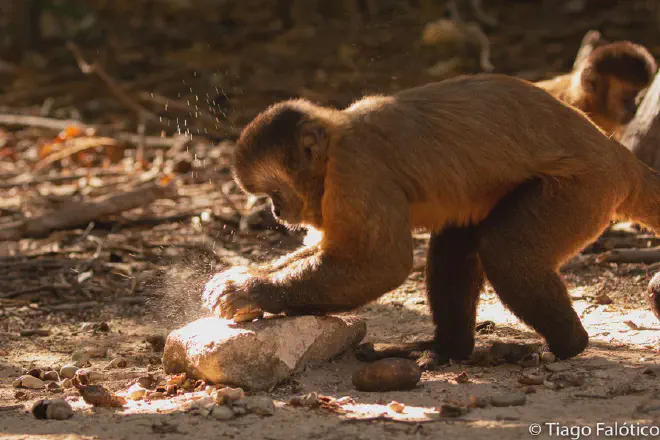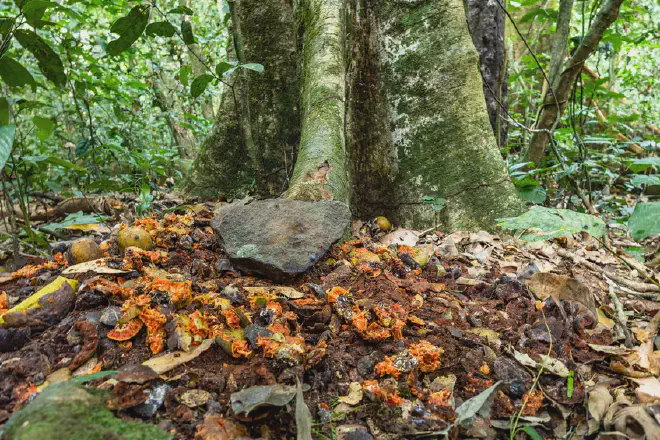
Our environment is changing rapidly, largely as a result of human activities, leading to a significant decline in biodiversity. According to researchers from the University of Victoria and the Max Planck Institute for Evolutionary Anthropology, this decline does not only affect animal life, but also our understanding of their behavior, including tool use.

“Cultural behaviors range from the songs of whales to the tool use of primates,” said Ammie Kalan of the University of Victoria. “These adaptations to environmental change not only benefit the animals, but also provide important insights into the origins of behavior and learning across species. However, shrinking global animal populations pose a challenge to what we can still hope to learn.”
Adaptability to challenges depends on the diversity of cultural behaviors, or the range of behaviors that animals can exhibit. Tool use, an important aspect of such behavioral adaptations, leaves physical evidence that facilitates scientific study. These material cultures, when paired with observed behavior, provide a unique opportunity to better interpret the archaeological record of extinct human species, where only stone tools remain as evidence of past behavior.
Preserving animals’ cultural behaviors #
“Non-human primates share a common evolutionary history with humans, and their study can provide important insights into our origins,” said Lydia Luncz of the Max Planck Institute for Evolutionary Anthropology. “These uniquely complex creatures are threatened with extinction, highlighting the urgent need to protect and conserve them and their way of life.”

As humans continue to significantly impact the environment, there’s a growing need not only to protect our shared natural world, but also to recognize and preserve the richness of animal cultures. Recognizing this shared cultural heritage is critical not only for advancing scientific research and education, but also for emphasizing the interconnected life histories and survival strategies of all species that share this planet.
-
The paper Saving the cultural legacy of wild animals was published in Science journal. Authors: Ammie K. Kalan and Lydia V. Luncz
-
The article Animal behavioral diversity at risk in the face of declining biodiversity was published in Max Planck’s website.

